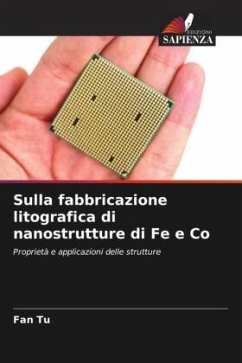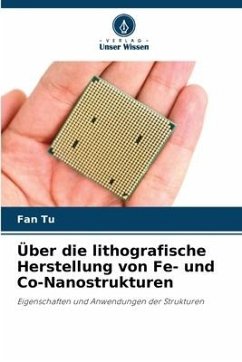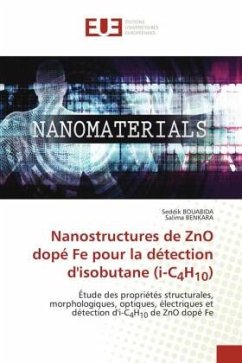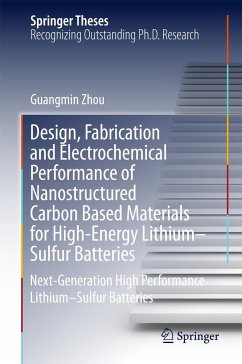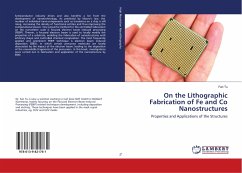
On the Lithographic Fabrication of Fe and Co Nanostructures
Properties and Applications of the Structures
Versandkostenfrei!
Versandfertig in 6-10 Tagen
43,99 €
inkl. MwSt.

PAYBACK Punkte
22 °P sammeln!
Semiconductor industry drives and also benefits a lot from the development of nanotechnology. As predicted by Moore's law, the number of individual nano-components such as transistors on a chip is still rising, increasing the density of functional entities and thus improving the computational power. One powerful method for the controlled fabrication on the nanometer scale is focused electron beam induced processing (FEBIP). Therein, a focused electron beam is used to locally modify the properties of a substrate, enabling the fabrication of nanostructures with arbitrary shape and controlled che...
Semiconductor industry drives and also benefits a lot from the development of nanotechnology. As predicted by Moore's law, the number of individual nano-components such as transistors on a chip is still rising, increasing the density of functional entities and thus improving the computational power. One powerful method for the controlled fabrication on the nanometer scale is focused electron beam induced processing (FEBIP). Therein, a focused electron beam is used to locally modify the properties of a substrate, enabling the fabrication of nanostructures with arbitrary shape and controlled chemical composition. The most frequently applied and prominent FEBIP technique is electron beam induced deposition (EBID), in which certain precursor molecules are locally dissociated by the impact of the electron beam, leading to the deposition of the nonvolatile fragments of the precursors. In this book, investigations were carried out in fabrication and application of the nanostructure by EBID.





